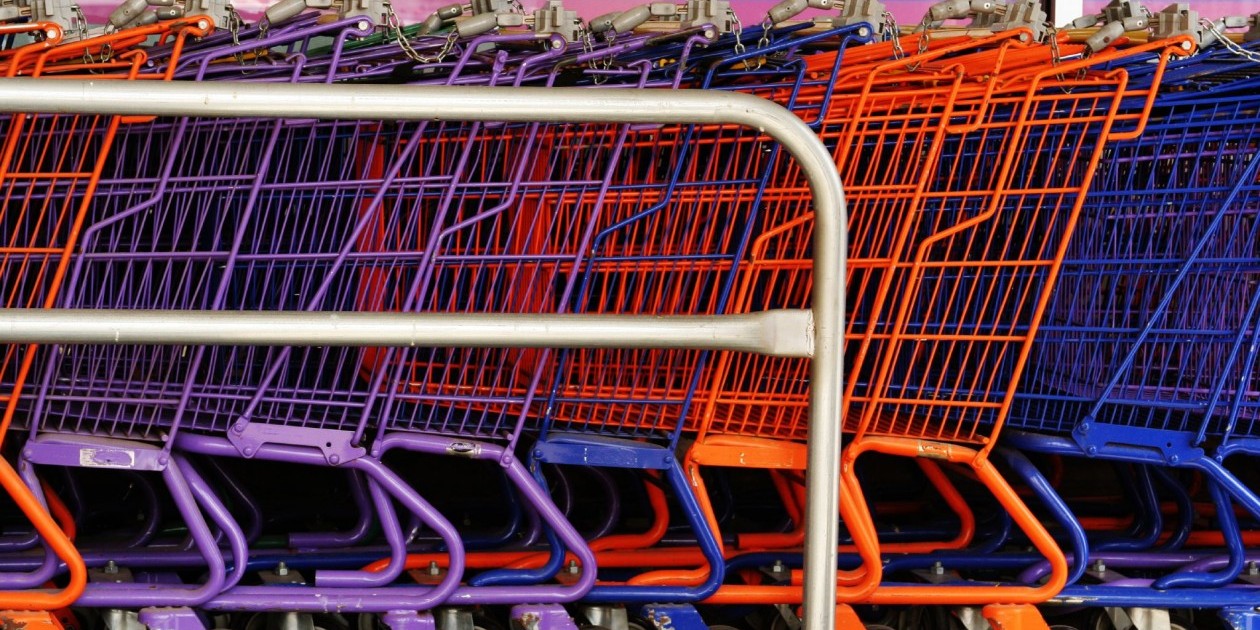With consumers feeling the squeeze in today’s economy, they’re becoming increasingly value-driven, according to a new report from Nielsen Canada.
Nielsen’s Middle Class – State of Mind, State of Wallet study is based on a survey of its Homescan panel members on their views on spending. Nielsen also looked at their actual purchase behaviour. The research firm then grouped consumers into three buckets:
- Free Spenders: able to spend freely
- Living Comfortably: what Nielsen defines as the middle class; people who live comfortably and can buy things just because they like them
- Shopping Basics: those who only have enough money for food, shelter and basics
In 2014, 11.2% of Canadian households were “free spenders,” and in 2015 that number dropped to 9.9%. In the “living comfortably” segment, the percentage of households fell slightly from 60.3% to 60%, while “shopping basics” grew from 28.5% in 2014 to 30.2%.
“Consumers are very much value-driven, our spending power is being depleted and as a result, consumers are shifting down,” said Carman Allison, VP of consumer insights at Nielsen Canada. “We have free spenders who are shifting more to our definition of the middle class, and we have a greater proportion of Canadians who are shifting down and shopping the basics.”
Consumers believe they’ll be feeling the pressure into 2016, too. When asked if they think their spending power is going to increase in the next year, 18% of Canadians said yes, 53% said it’s going to hold, and 29% said it’s going to decline.
“There’s still a lot of uncertainty out there, so I don’t think as Canadians we’re feeling optimistic that our spending is going to increase,” said Allison. “There is still going to be this value-driven consumer out there and value is going to be a key motivator for a lot of Canadians.”
The study groups consumers based on their mindset, rather than just household income, since other variables come into play including household size, lifestage and location. “Free spenders” are typically two-member households over age 55, with $100,000 in household income; “living comfortably” are 4+ member households in the 45-64 age bracket, with $70,000 in household income; and “shopping basics” are 3+ member households under 54, with under $50,000 in annual income.
The study looked at spending across CPG channels including grocery stores, mass merchandisers, warehouse clubs, drug stores and general merchandise. In terms of who shops where, more “free spenders” shop at warehouse clubs such as Costco than the other cohorts, while more “shopping basics” shop at general merchandise stores such as Walmart.
“Think of [warehouse clubs] as discount shopping for the rich,” said Allison. “The average transaction right now at a warehouse club is about $130 per trip. That obviously skews to a very unique consumer. If I’m someone who is just shopping the basics, I don’t have the ability to spend that type of money on a per-trip basis, and there’s also the membership fees that go along with shopping at a warehouse club.”
Shopping basics, on the other hand, tend to go where the low prices are, said Allison. “If you think about Walmart’s value proposition, it’s everyday low price. They also price match… So for someone on a fixed budget who is looking for value, they’re doing the bulk of their shopping where they know they’re going to have the best price. And if they don’t have the best price, they can price match.”
While “shopping basics” are seeking value, they spend the least on deals compared to other cohorts. “When free spenders see promotions, they take advantage of it,” said Allison. “What we know about free spenders is they pantry load. [For example], if their brand of coffee is on sale, they don’t buy one, they buy five… Whereas someone who is shopping the basics, they can’t do that. They don’t have $40 to spend on one category.”
Those who have the financial means who are taking advantage of promotions are actually taking money off the table for retailers, said Allison. “Free spenders have an ability and willingness to spend 7% more [on CPG products], so why are we discounting so much for this consumer?”
According to the study, 31% of CPG units were sold on promotion in 2014. While retailers are dependent on promotion to drive sales, it can actually mean fewer trips to the store for consumers. “Naturally, you have to wait for the consumers to use that product before they have a need to go back and buy more,” said Allison.
“[Promotions are] not going to go away, but what we’re trying to say is let’s promote smarter. What we’re learning with our data is that the lowest price doesn’t necessarily give you the best lift in sales.”










